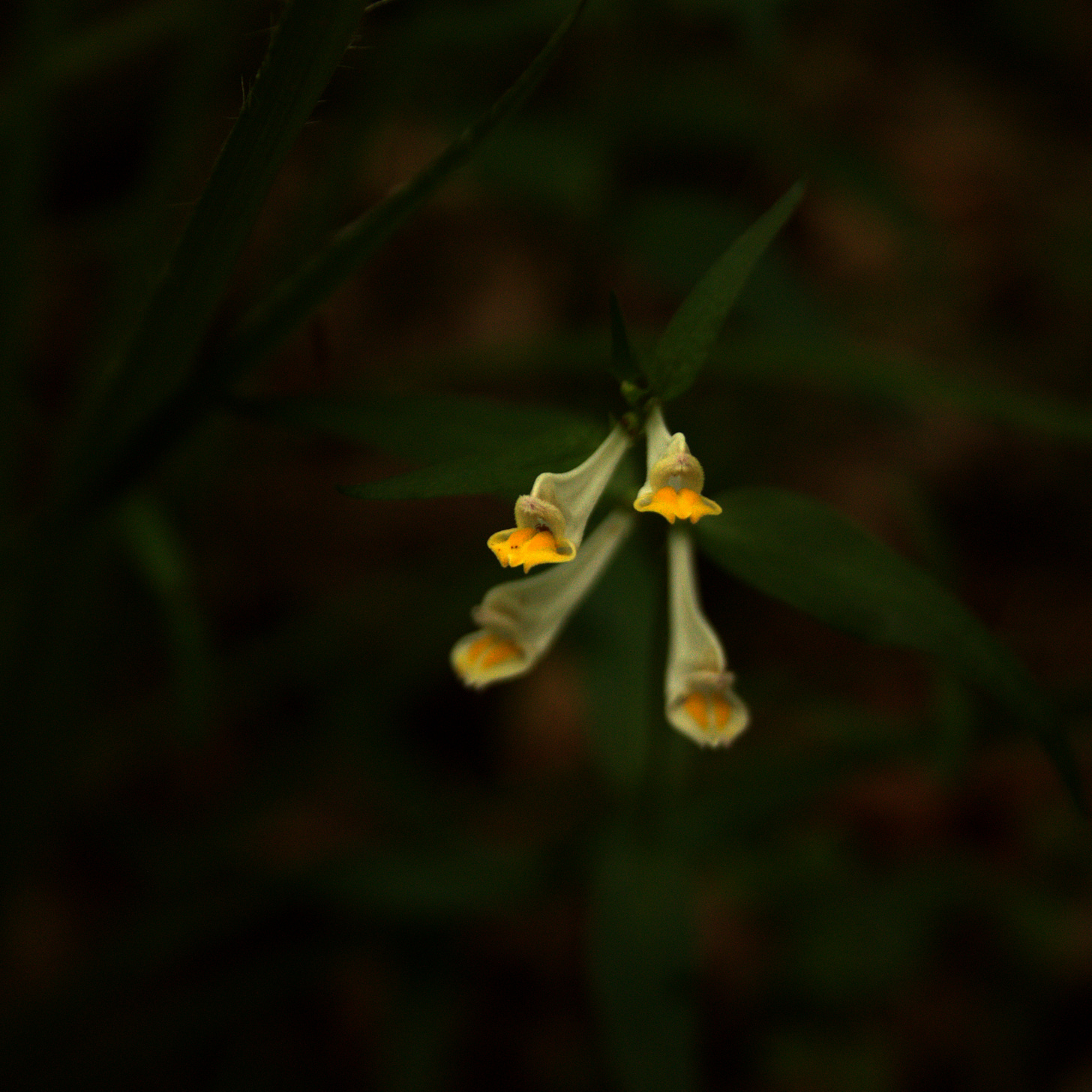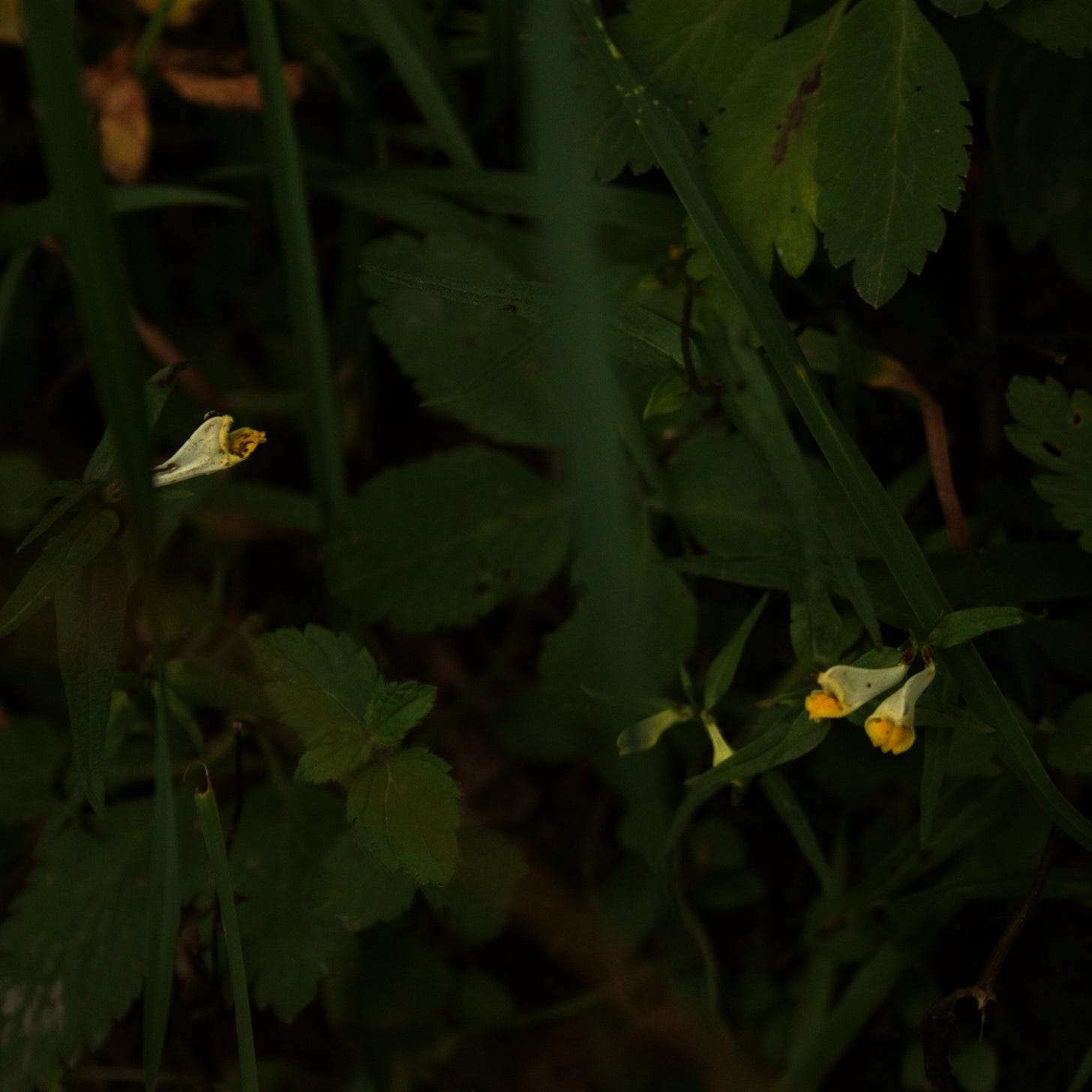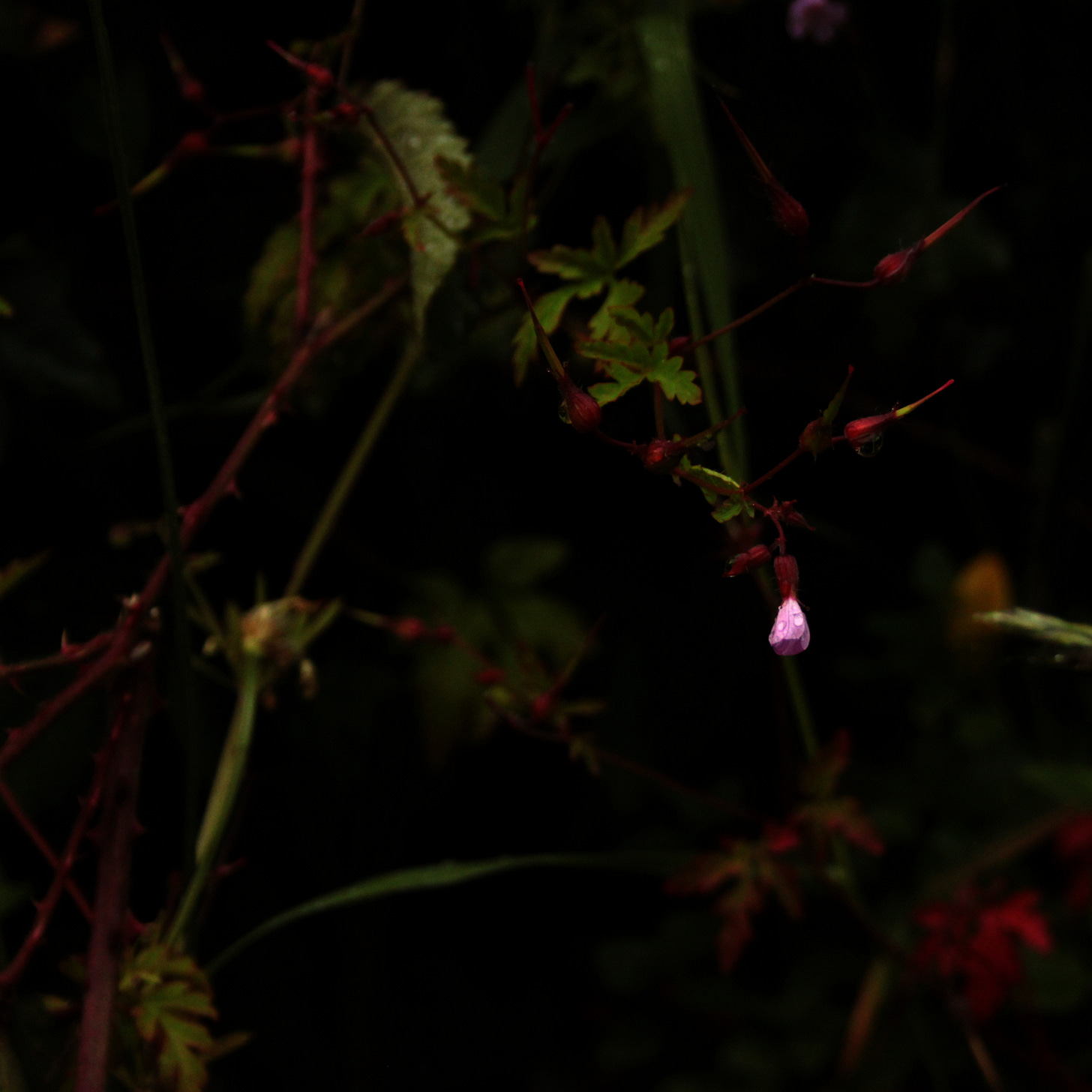Cow wheat and the circular dance of wood ants
Wild Welsh Plants: Gliniogai / Melampyrum pratense
Welsh common name: Gliniogai
English common name: Cow wheat
Scientific name: Melampyrum pratense
Short in stature with skinny leaves that taper to a point, cow wheat can be found on woodland floors emerging amongst grasses and other low-lying shady foliage. The flowers are distinctive; pale tubular petals that vary from lemony yellow to almost white, protruding from the stem in pairs with gaping fuzzy mouths, like strange chicks waiting to be fed.
The plant has long been associated with wheat, illustrated by both its common and scientific names: melampyrum, derives from the Greek melas, meaning black, and pyros, meaning wheat. This is possibly because the seeds resemble grains of wheat, which prompted Medieval peasants to gather and grind them into flour, the cow wheat darkening the colour somehow, resulting in ‘blackened bread’.
It seems cows were also partial to the plant which may have been used as animal fodder as it was believed to improve the quality of the milk, resulting in better butter. Eighteenth century Swedish botanist Carl Linnaeus said:
"When cows are fed in fields where the 'Meadow Cow-wheat' is abundant, the butter yielded by their milk is peculiarly rich and of a brilliant yellow colour”.
Cow wheat obtains what it needs through a variety of complex manoeuvres that lend the inconspicuous plant an air of cunning creativity and self-reliance; what it can’t persuade others to do, it will do itself. The plant is hemi-parasitic, meaning the roots feed off those of others to obtain additional nutrients. The oblong flowers produce nectar that can only be reached by insects with a long proboscis (tongue) such as bees, however, if a flower isn’t pollinated, it will pollinate itself, producing seeds that initiate an ancient and ongoing dance with wood ants.
A sweet liquid is secreted from glands below the lower petals, attracting the ants to the seeds which feature an elaiosome; a fleshy attachment that’s rich in nutrients, which the ants carry back to their nests to feed on. They then discard the hard part of the seed containing the embryo, leaving it to germinate amongst the dead bodies and frass (ant waste), thus creating a nutritious and sheltered place for the seeds to germinate. This method of seed dispersal is called myrmecochory, derived from the Greek myrmex, meaning ant, and khoreíā, meaning circular dance or motion.
As ants don’t roam very far in search of food, cow wheat is an indicator of ancient woodland, as established plants have likely germinated from seeds that have travelled just a few feet. The plant is also a food source for larva of the rare Heath fritillary butterfly (also known as woodman’s follower) and can be a promising place to try and spot a copper speckled wing.
Photos taken in Little Milford wood in Hook, Pembrokeshire.
Next week: Foxtails for the ‘ddwr coch’
Herb Robert / Llysiau’r Llwynog / Geranium robertianum
References:
http://barnsleybiodiversity.org.uk/ancientwoodland_indicators.html
https://durhamlandscape.info/durham-landscape/ancient-woodland-indicator/
https://www.sciencedirect.com/science/article/pii/S1433831909000365
http://www.flowersinsweden.com/Melampyrumpratense_page.htm
https://botanical.com/botanical/mgmh/c/cowwh113.html
https://www.wildlifetrusts.org/wildlife-explorer/wildflowers/common-cow-wheat









